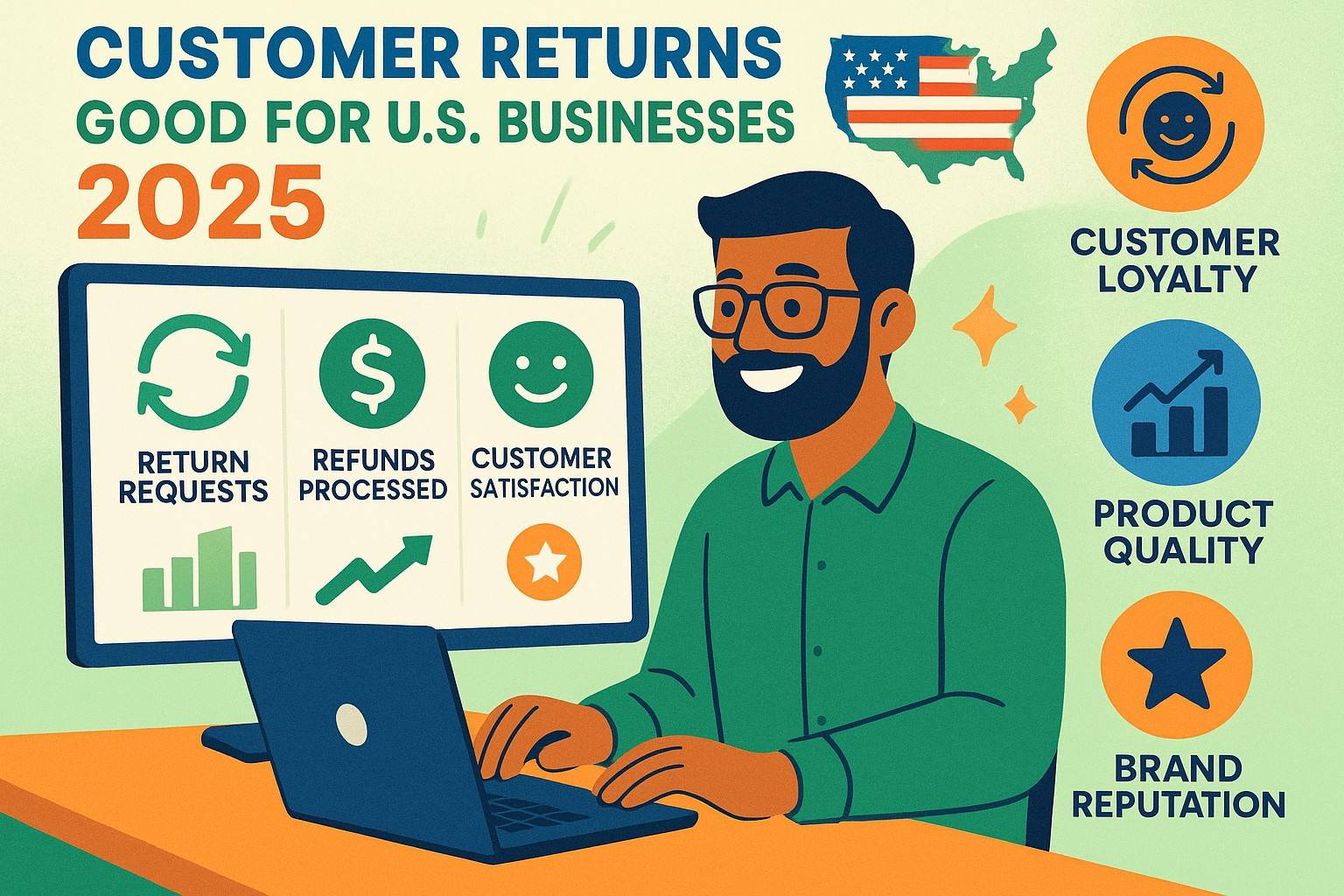Chargeback Management Services - Dispute Response Aug/ 1/ 2025 | 0
In 2025, customer returns are often seen as an unavoidable challenge by U.S. businesses. However, when approached strategically, these returns can present valuable opportunities for growth, customer retention, and improved product offerings.
Why Customer Returns Aren’t Always a Bad Thing
Many merchants view returns as a nuisance, leading to lost revenue and increased operational costs. However, if you take the right steps, returns can provide insightful data and act as a key factor in improving your business model.
1. Customer Feedback and Product Improvement
Customer returns can help you identify patterns in product performance, which can lead to better product development. For instance, if certain items are frequently returned for similar reasons, this feedback can guide your next product iteration.
- Common reasons for returns include:
- Size or fit issues
- Quality concerns
- Misleading product descriptions
- Changes in personal preferences
- Size or fit issues
By addressing these factors, you improve your offerings and reduce future returns.
2. Improved Customer Relationships
A well-handled return process can boost your customer loyalty. Providing hassle-free returns and listening to customer concerns builds trust and encourages repeat purchases. Customers appreciate businesses that value their experience and work to make things right.
- Best practices for return handling include:
- Clear return policies
- Fast processing times
- Personalized communication
- Clear return policies
3. Potential for Upselling and Cross-Selling
Returns also offer the chance to upsell or cross-sell. If a customer is returning an item, why not offer a more suitable alternative? By recommending a better-fitting product or a complimentary item, you can recover potential losses from the original sale.
Mitigating the Impact of Returns on Your Bottom Line
While returns can be an opportunity, businesses should also work to minimize them. Here are some strategies to reduce return rates and improve profitability:
1. Clear and Detailed Product Descriptions
Ensure that your product descriptions, images, and sizing charts are as detailed and accurate as possible. Transparency about what your product offers and its specifications can help prevent unnecessary returns.
2. Enhanced Customer Support
Providing exceptional customer service can go a long way in resolving issues before a return is necessary. Offering support through live chat, email, and phone can help customers make more informed decisions and avoid returns.
3. Use Data to Predict Return Trends
Leverage your business data to understand when returns are more likely to occur. Seasonal trends, product launches, and marketing campaigns can all influence return patterns. By analyzing these trends, you can take proactive steps to minimize returns.

Email us anytime!
Email customer service 24/7

Call us anytime!
Reach customer care 24/7 at +1 (888) 927-5152
Conclusion
In 2025, customer returns, though often seen as a negative, can serve as an unexpected advantage. By leveraging the insights from returns and adopting customer-focused strategies, businesses can turn returns into a tool for growth, enhanced customer experience, and profitability.


